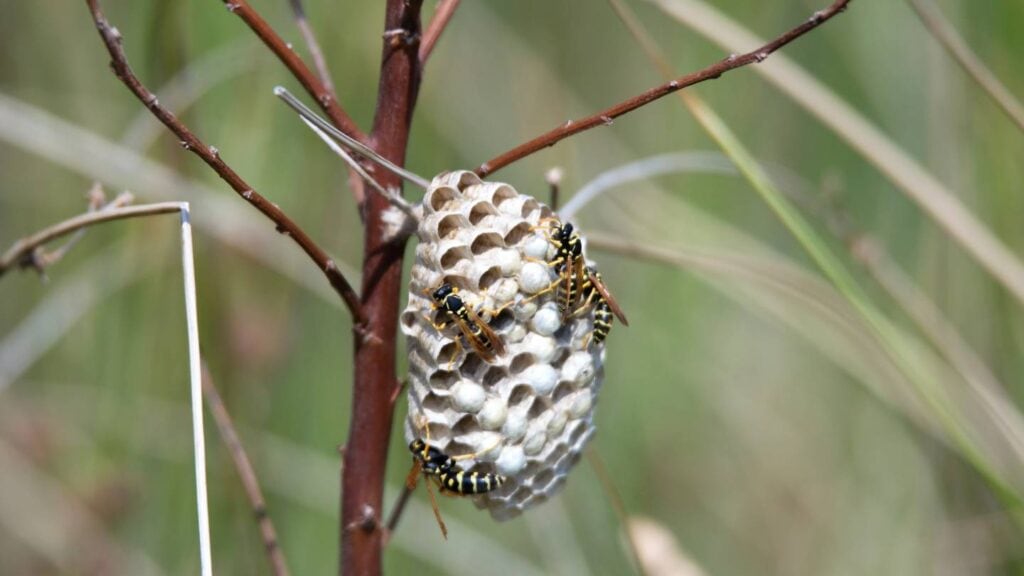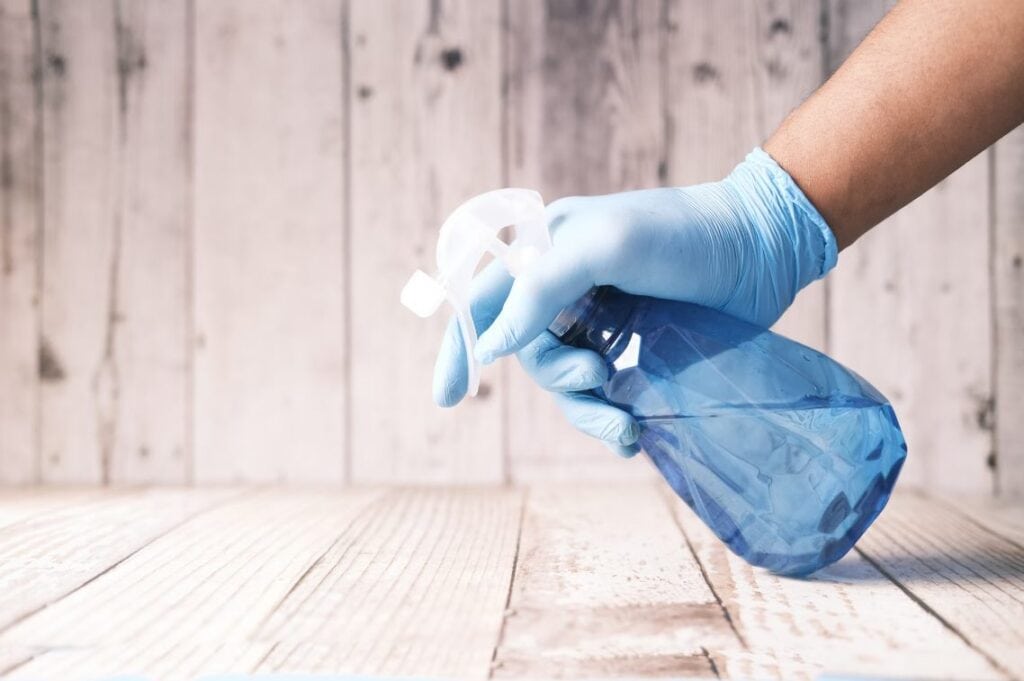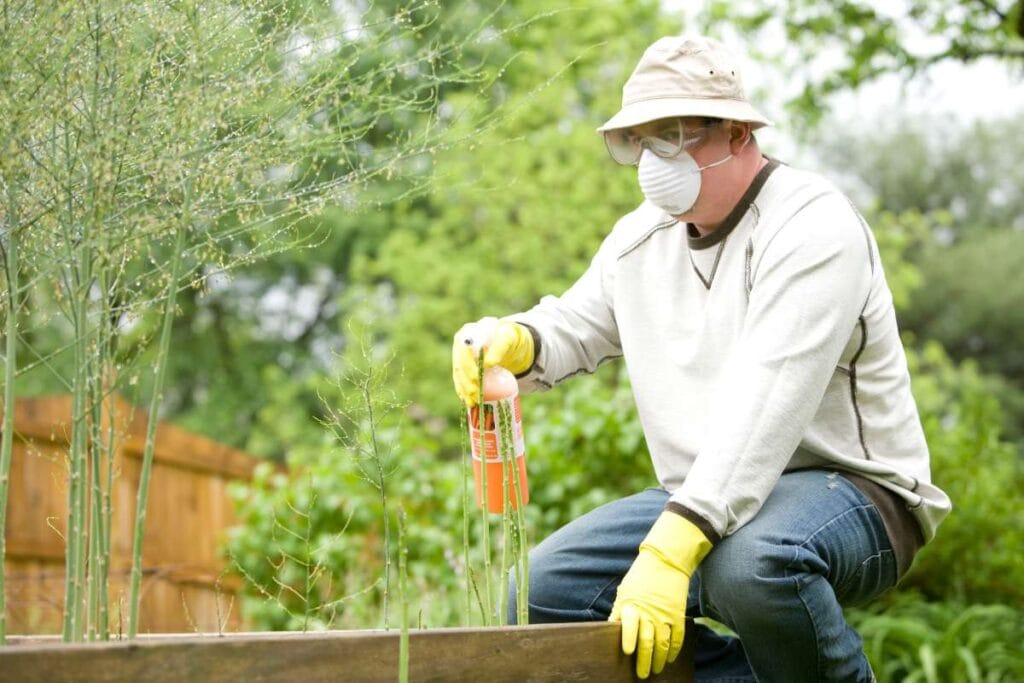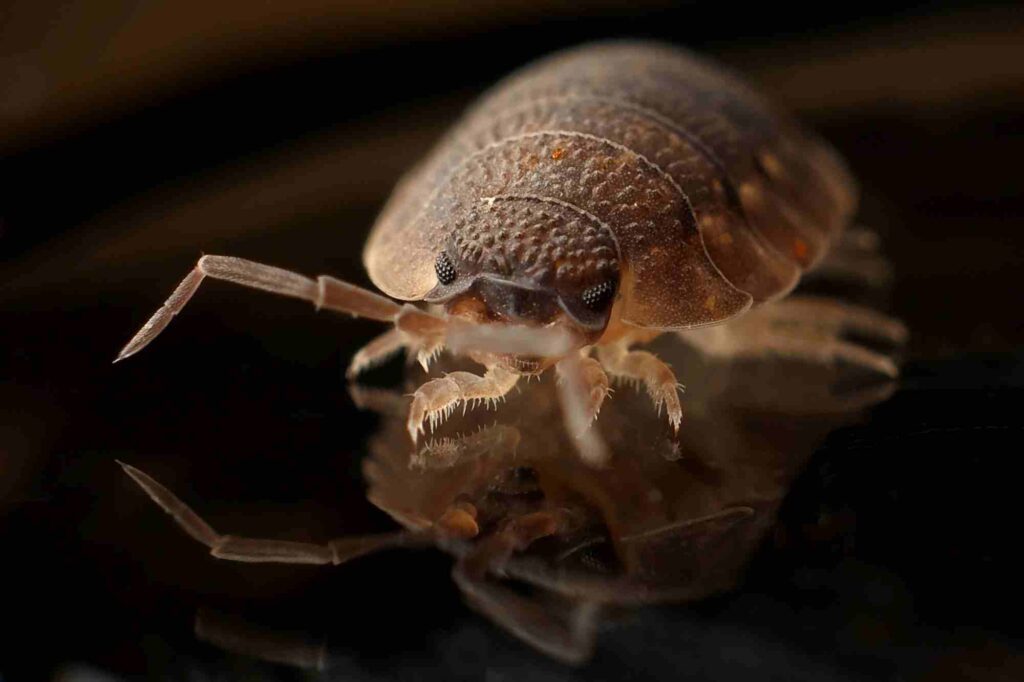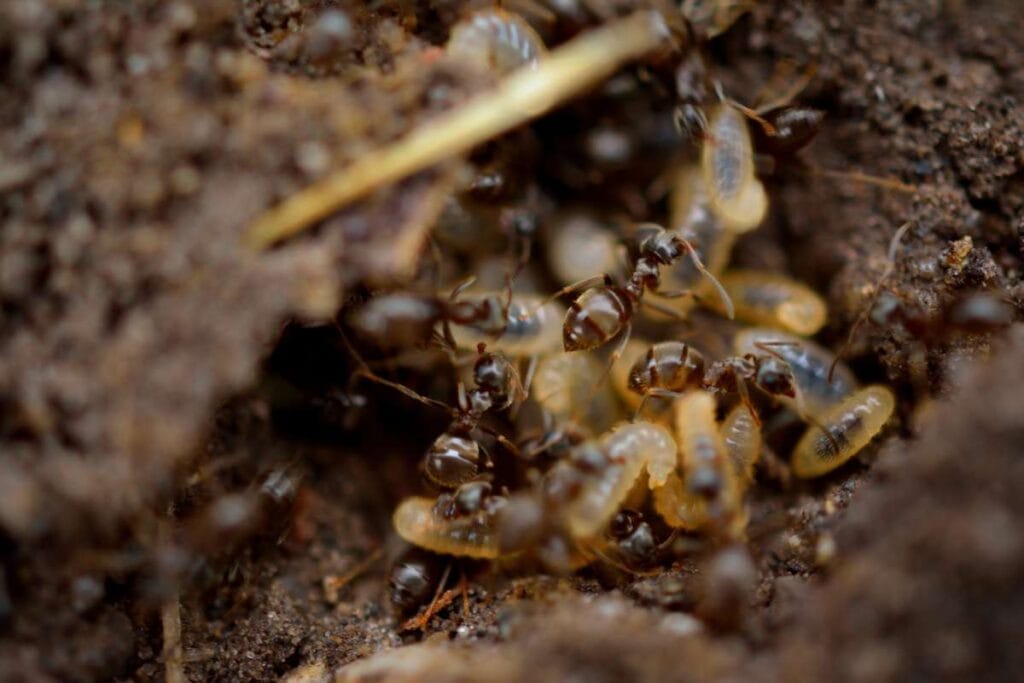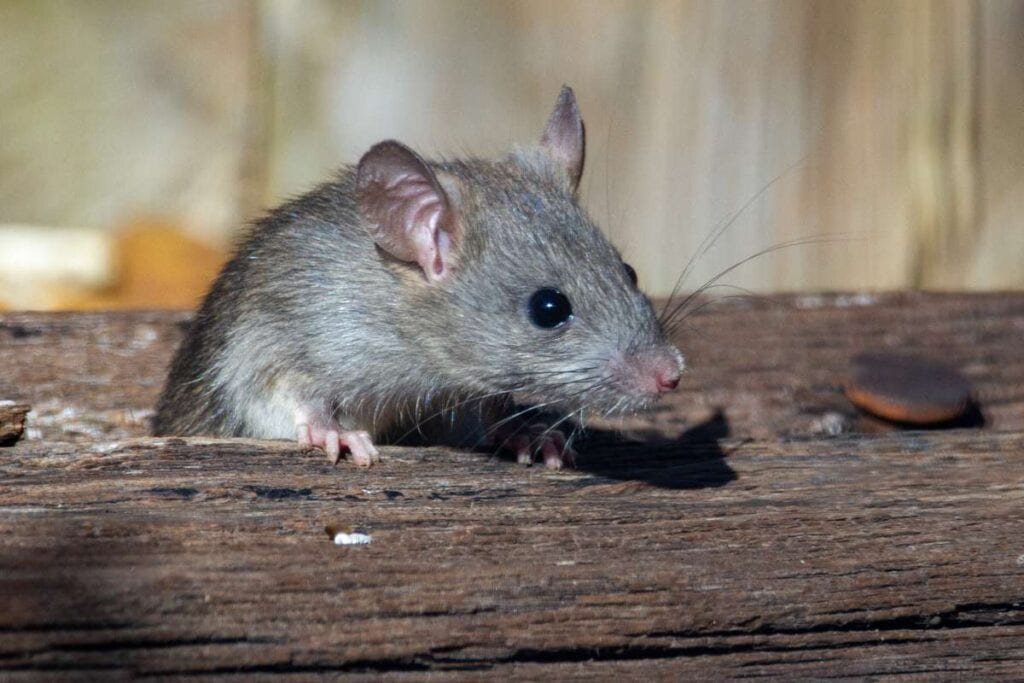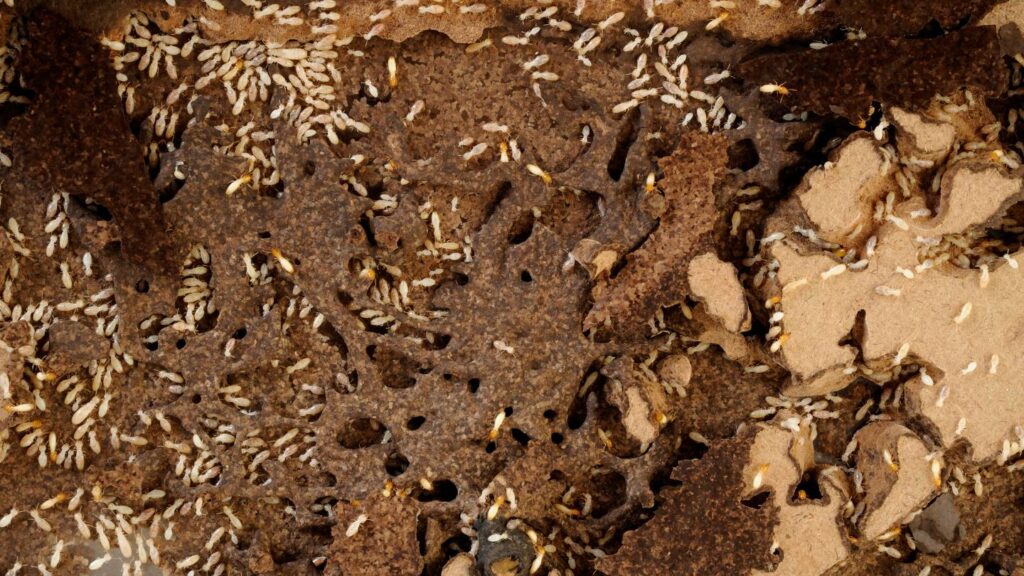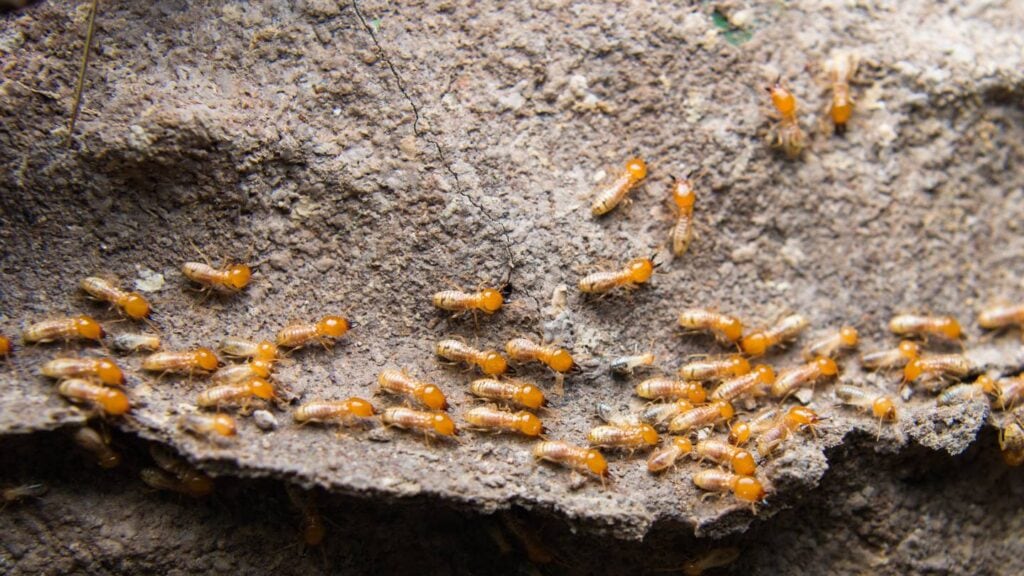Has it ever happened to you that the wasps who invaded your outside space would buzz nonstop until you removed their nest, just to come back worse? To make matters worse, it poses potential safety risks. This article will discuss efficient methods for eradicating wasps and preventing their return once the nest has been removed.
In short, proper upkeep and being careful are the keys to keeping wasps from coming back after the nest has been removed. Wasps will stay away if you regularly check your property for signs of their presence, seal any possible entry points, and use natural deterrents. By doing these easy things, you can keep your home wasp-free without having to worry about them coming back.
To be sure, these are just the beginning of what you can do to keep wasps out of your home. Keep reading if you're sick of swatting at these annoying bugs and want to secure your house and family for good. We'll provide you with all the information you need to keep wasps at bay so you can enjoy the outdoors in peace and safety.
Can You Tell Me About a Wasp's Life Cycle?
Although hornets and yellow jackets are also members of the wasp superfamily, we will be focusing on wasps in this piece. Weasels aren't exactly gregarious, you know—unlike ants and bees. Unless they're mating, then they spend their lives alone. We will discuss the stages of a wasp's life cycle, from infancy to maturity, in this article.
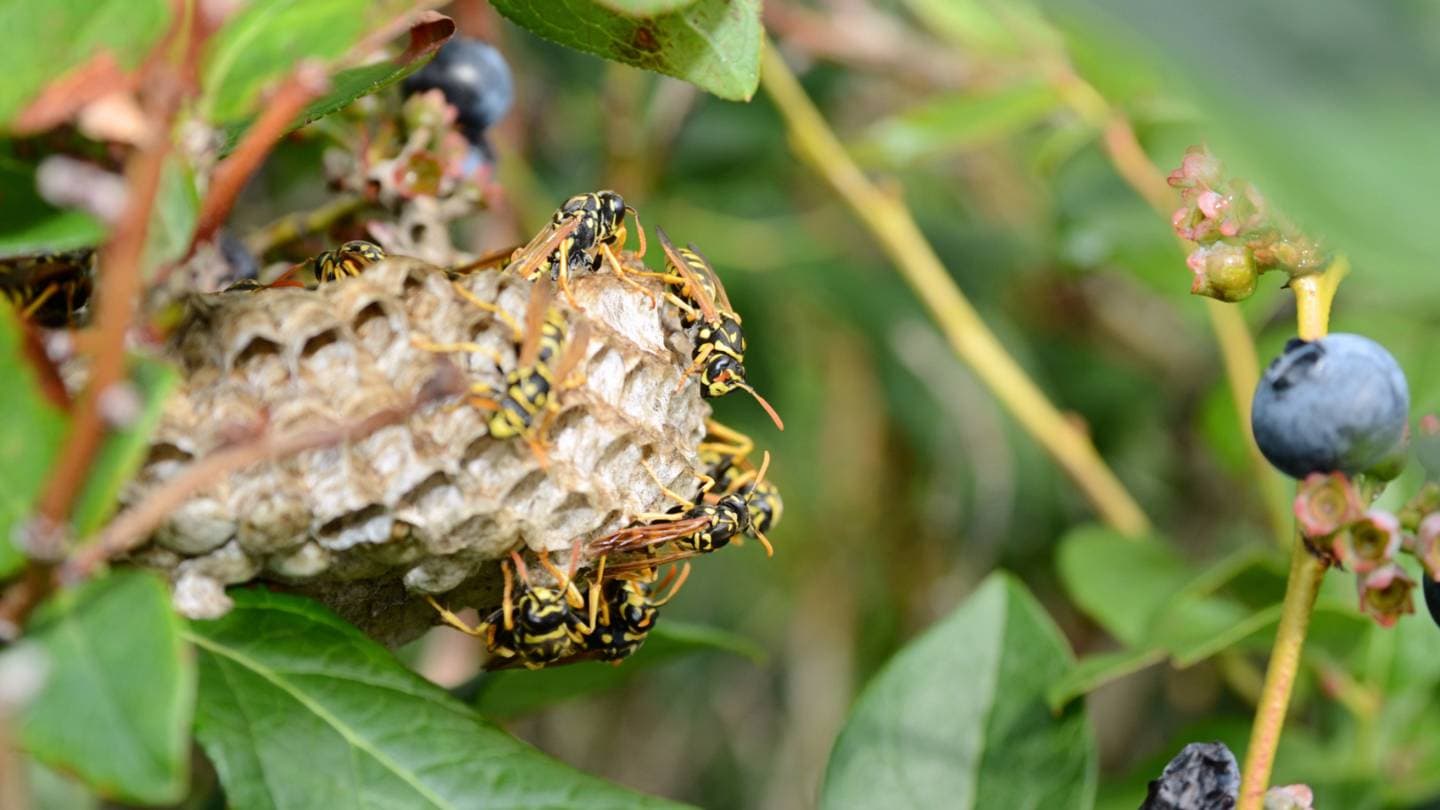
The Wasp Life Cycle
The Queen Emerges
Queen wasps who are pregnant will come out of hibernation in the spring to choose a good spot to lay their eggs. The larvae of a wasp queen's eggs hatch from eggs laid on the ground or in wood.
New worker wasps develop from larvae that eat the food that workers bring back. Worker wasps start searching for food and constructing their nest once they finish their first moult. As the queen lays more eggs, the nest expands by adding more cells.
The worker wasps also gather water, nectar, and pollen for their young. Also, they protect their young from ants, spiders, and other insects that might try to eat them or steal their food stores.
The Metamorphosis Process
One category of insects that are typically regarded as pests is wasps. They belong to the Apocrita suborder within the Hymenoptera order.
The most well-known wasps, such as paper wasps, hornets, yellow jackets, and common social wasps, are all members of the family Vespidae. Having said that, a great variety of wasp species do exist.
The life cycle of a wasp includes an egg, a larva, a pupa, and finally, an adult. In the nest, a single wasp goes through the whole metamorphosis, from egg to larva to pupa to adult. The wasps' lengthy ovipositor allows them to deposit their eggs within the bodies of other insects or animals.
A majority of wasps eat on nectar and pollen, whereas a smaller number are parasites or feed on the honeydew and sucking insects like scale insects or aphids, which graze on plants. Instead of chewing their food, wasps use their powerful mandibles to break it up into tiny bits that they can then ingest.
Building The Wasp’s Nest
Wasps need to find a place to live first. A wasp nest is most likely to be in a shed or behind some siding in your home. That's what they use to make their nests, which are strong, waterproof structures that keep the wasps safe from other insects.
The nest is where the fertilised eggs of the queen wasp are laid. Larvae develop from these eggs and consume the honeydew that aphids and other insects that feed on sap produce. The worker wasps keep feeding the larvae even after they've grown into adults by gathering nectar from flowers and rotting food, such as animal or human waste.
Breeding Their Young
In roughly two weeks, the first workers hatch. They are prepared to start work from two to three days old. Along with other duties, they feed the larvae, clean the cells, and eliminate trash. A few days later, they start looking for food by foraging. These tasks are taken up by other workers when they show up, allowing the queen to focus on laying additional eggs.
As more workers are born and take over from their mums, the colony's number of wasps grows very quickly. There will only be one queen wasp, and she will lay all the eggs until she dies or is replaced by a new queen. This normally takes place when there are tens of thousands of wasps in the hive or when there are too many workers for her to handle properly after a few years.
What to Do Following the Removal of a Wasp Nest
Wasps are very important to the world and the ecosystem as a whole. Some of the good things they do are pollinate plants, live in harmony with other animals, and naturally get rid of pests. So, it's best not to kill them when you take down their houses. Here are some ways to get rid of a wasp nest without killing any wasps:
The Little Wasp Hideout Must Be Moved
During the night, when the wasps aren't active, you can relocate the little nest. A lidded plastic container and sturdy cardboard or plastic will be required for the relocation. With caution, approach the wasp nest and place the container on top of it. Once you have the wasp nest in one hand, slip the plastic or cardboard piece across its stem.
Hold the plastic container securely in position and secure the lid. Remove the wasp nest from its container and take it to a remote location. Uncover the container and place it on the floor. You will have successfully relocated the nest and eliminated the wasp threat to your home by following these steps.
Using Peppermint Oil To Remove Hornet Nests
Use peppermint oil to get rid of a hornet nest. It is safe and works well. This is how you do it:
- Dip cotton swabs or tissues into the oil and rub them in.
- Wrap the oiled pieces around your house and put them in cracks where wasps can nest, like between sheds, porch roofs, decks, and anything else that has a hole. The smell of the oil keeps the wasps away, which gets rid of these annoying bugs in your home.
- Another option is to use various essential oils like cinnamon, clove, lemongrass, or geranium to eliminate the wasp nests. Just follow the same methods.
With Sprays That Scare People Away
Have you ever thought about how to get rid of a wasp nest without killing any wasps? Pest control shops sell different kinds of sprays that can get rid of wasps. Some of them can kill the wasps, while others keep them from getting to their home. You might want to use sprays that are meant to keep wasps away. Here are the steps you need to take:
- Before you use the spray, make sure you read and follow the label's directions to the letter.
- To avoid getting stung by any wasps that may be there, spray the nest while maintaining a safe distance.
- Please wait at least 24 hours, or as directed on the label, for the spray to take effect.
- Move the nest when there are no longer traces of wasps presence.
Wear safety gear such as goggles, gloves, and a mask as you spray, no matter how big the nest is. When treating the wasp nest, it is best to do it during dawn or dusk, when the insects are less active.
Use A Fake Nest To Get Rid Of The Hornets' Nest.
Hornets and wasps will never get close to or into the nests of other hornets or wasps, which is why fake nests work so well. Put the fake nest close to where they already live. They will move their nest away from your house once they find the fake one. They will think the fake nest is the real one and do everything they can to stay away from it.
Give Wasp Hive Removal A Call
Try removing wasps on your own with your paper skills; it could be dangerous. Expertise is required while removing wasp nests because wasps can attack when threatened. Hiring a professional removal service in Adelaide or the Gold Coast is the finest and safest choice. In order to remove wasp nests safely, professionals employ the most effective products on the market.
All the tools and materials needed to get the work done quickly and well are with them. They also check for signs of fresh infestations by conducting follow-up inspections. That will help a lot in getting rid of wasps from your house permanently.
Landscape and Gardening Tips
Sure thing! For the portions that were discussed, here are the more extensive outlines:
Wasp-Unfriendly Plants
If you want to keep your area wasp-free, you might want to put some plants that naturally keep wasps away. These not only work, but they also make your garden look better. Here are some plants that are known to keep wasps away:
- Basil: Basil is a multipurpose herb that adds flavour to food and deters wasps. If you want to enjoy your garden or patio year-round, plant some basil plants.
- Peppermint: Peppermint has a natural wasp-repellent effect thanks to its stimulating scent. If you want to keep wasps from making your yard or patio their permanent home, plant this.
- Lavender: In addition to its pleasant aroma, lavender is an effective herb for keeping wasps at bay. These venomous bugs are scared away by its pungent aroma. Lavender can be planted close to entryways or outdoor seating areas to act as a barrier.
- Marigolds: Marigolds are not only vivid and colourful, but they also have a reputation for keeping wasps away. Their potent aroma overpowers the enticing aromas of food and flowers, deterring these insects from visiting your garden.
- Rosemary: The aromatic scent of rosemary acts as a natural repellent against wasps. Get two uses out of one by growing it in your garden and adding it to your recipes.
- Citronella: Although citronella is most known for its ability to ward off mosquitoes, it also works wonders against wasps. Citronella plants can be grown in pots and placed in strategic locations throughout your outdoor areas.
Observe the recommended planting and maintenance guidelines to get the most out of these plants. Make sure they have enough water, sunlight, and nutrients to grow and thrive. To maintain the strength and efficacy of these natural deterrents, regular maintenance is essential.
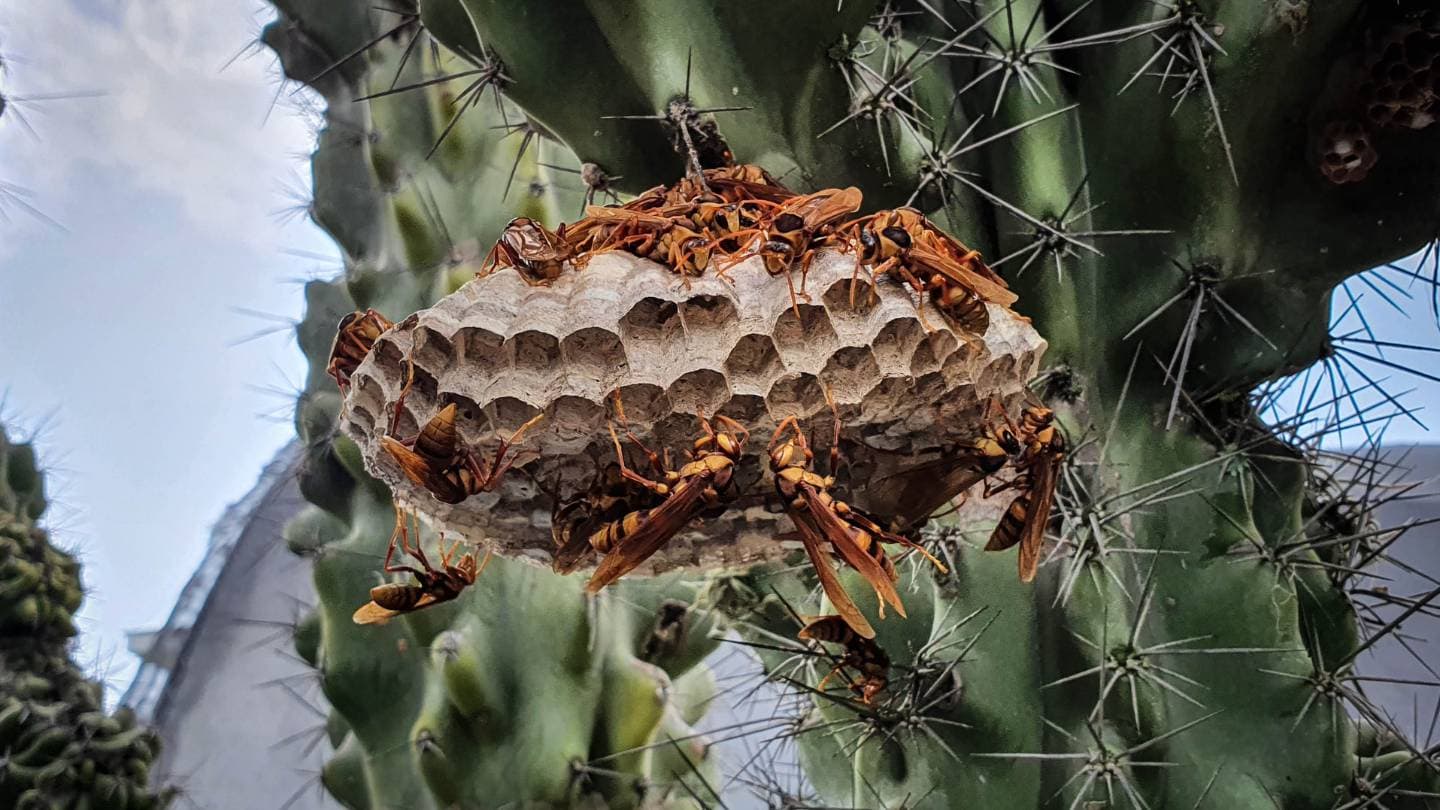
Take Care Of Your Garden
Wasps are less likely to visit a garden that has been well-kept. In order to maintain a wasp-free garden, consider the following:
- Regular Inspection: Develop the practice of routinely checking your garden. Keep an eye out for indicators of wasp activity, such as nests or a rise in wasp activity.
- Remove Standing Water: Weeds and bodies of water attract wasps. Make sure that birdbaths, containers, and drains don't have any water sitting in them to keep them away.
- Prune Overgrown Bushes and Trees: Wasp nests can be concealed under thick vegetation. Eliminating possible nesting places and reducing their attraction to your yard can be achieved by pruning overgrown bushes and trees.
- Outdoor Dining Considerations: Precautions should be taken to ensure that wasps do not invade outdoor dining places. Always store food and drink in closed containers, and be sure to clean up after yourself as soon as possible.
- DIY Wasp Traps: Think about making your own wasp traps out of recycled soda bottles or other common home objects. The wasp population in your yard can be reduced with the help of these traps.
Conclusion
This article is about how to keep wasps from coming back after you get rid of their nest. To keep wasps away, you need to take care of things and be careful. To keep wasps out of your home, you need to regularly check for signs of their presence, seal any possible entry points, and use natural deterrents.
There is an egg, a caterpillar, a pupa, and an adult wasp in its life cycle. Paper wasps, hornets, yellow jackets, and common social wasps are the most well-known types of wasps. The wasp's long ovipositor lets it lay its eggs inside the bodies of other animals or insects. A small group of wasps feed on sap and sucking insects like aphids and scale insects. Most wasps eat nectar and pollen.
For wasps, the first place they need to live is a shed or behind your home's walls. The queen wasp lays her fertilised eggs in the nest. These eggs hatch into larvae that eat the juice that aphids and other insects that feed on sap make. Worker wasps feed the larvae by collecting nectar from flowers and rotting food even after the caterpillars have grown up.
It's best not to kill wasps after getting rid of a wasp nest. Use a plastic container with a lid and strong cardboard or plastic to move the little wasp nest without killing any wasps. Put the lid back on, take out the wasp nest, and set it on the floor. This will move the nest properly and get rid of the wasp threat to your home.
An easy and safe way to get rid of hornet nests is to use peppermint oil. Swab or wipe cotton balls with the oil and press them into cracks where wasps can nest, like between sheds, house roofs, and decks. You can also get rid of wasp nests with essential oils like geranium, lemongrass, clove, cinnamon, or cinnamon.
There are many sprays on the market that can kill wasps or keep them away. Follow the advice on the label, give the spray at least 24 hours to work, and move the nest when there are no more signs of wasps being there. Use safety tools and put up a fake nest near where they already live.
The best and safest way to get rid of wasps is to hire a professional moving company in Adelaide or the Gold Coast. They only use the best goods on the market and do follow-up checks to look for signs of new infestations.
Planting plants that naturally keep wasps away, like basil, peppermint, lavender, marigolds, rosemary, and citronella, can help keep your area wasp-free. Make sure these plants have enough food, water, and sunshine to grow well. A wasp-free yard needs to be checked on a regular basis and kept in good shape.
To keep a garden in good shape, you should check it often, get rid of any standing water, trim back overgrown bushes and trees, avoid eating outside, and make wasp traps out of old soda bottles or other everyday items. By doing these things, you can get rid of wasps from your home for good.
Content Summary
- Regular property inspections help deter wasp infestations post-nest removal.
- Sealing potential entry points is key to keeping wasps at bay.
- Utilising natural deterrents can effectively prevent wasp return.
- Proper maintenance and vigilance are crucial for a wasp-free environment.
- The article provides comprehensive strategies to avoid recurring wasp issues.
- Understanding the wasp life cycle is essential for effective control measures.
- Queen wasps lay eggs in spring, initiating the colony's life cycle.
- Worker wasps develop from larvae and contribute to nest building and food gathering.
- The wasp metamorphosis includes stages from egg to adult.
- Wasp species exhibit diverse dietary habits, including nectar and pollen consumption.
- Wasps construct strong, waterproof nests for protection and breeding.
- Worker wasps feed larvae with nectar and protect them from predators.
- The rapid increase in worker wasps accelerates colony growth.
- Queen wasps exclusively lay eggs, with a potential replacement over time.
- Wasps play a vital role in pollination and natural pest control.
- Relocating small wasp nests at night minimises risk and preserves wasp life.
- Peppermint oil acts as an effective natural deterrent against wasps.
- Essential oils like cinnamon and clove can also repel wasps.
- Specific sprays can deter wasps without harming them.
- Reading and adhering to spray label instructions is crucial for safety.
- Fake wasp nests exploit wasps' territorial behaviour to deter them.
- Professional wasp removal services offer safe and effective nest removal.
- Follow-up inspections by professionals help prevent future infestations.
- Planting wasp-repellent plants is an eco-friendly deterrent method.
- Basil plants deter wasps and enhance garden aesthetics.
- Peppermint's scent naturally repels wasps.
- Lavender's aroma effectively keeps wasps away from outdoor areas.
- Marigolds' strong scent masks attractive smells and deters wasps.
- Rosemary's fragrance serves as a natural wasp repellent.
- Citronella is effective against both mosquitoes and wasps.
- Regular maintenance of repellent plants is necessary for their efficacy.
- A well-maintained garden is less attractive to wasps.
- Routine garden inspections help identify early signs of wasp activity.
- Removing standing water sources reduces wasp attraction.
- Pruning overgrown vegetation minimises potential wasp nesting sites.
- Proper food storage and cleanliness deter wasps during outdoor dining.
- DIY wasp traps can reduce the local wasp population.
- Wasp control requires a combination of preventive and active measures.
- Awareness of the wasp lifecycle aids in targeted control strategies.
- Regularly monitoring for new wasp activity post-nest removal is essential.
- Effective wasp control combines natural and mechanical methods.
- Educating oneself about wasps enhances control and prevention.
- Collaboration with professionals ensures safe and thorough wasp removal.
- Implementing a variety of deterrents maximises effectiveness.
- Safe relocation of wasp nests is preferable to destruction.
- Homemade wasp deterrents offer cost-effective control options.
- Selecting the right plants can create a natural wasp barrier.
- Understanding wasp behaviour is key to effective prevention.
- Preventive actions are more sustainable than reactive measures.
- Continuous effort and vigilance are vital for long-term wasp control.
Frequently Asked Questions
To identify a wasp infestation, look for signs such as increased wasp activity around your property, nests under eaves or in bushes, and the presence of wasps flying in and out of specific areas. If you notice these signs, it's important to take action to prevent the infestation from getting worse.
To prevent wasps from building nests around your home, you can:
- Seal any openings or cracks in your walls, windows, and doors to limit their entry points.
- Remove fallen fruit and sweet food sources, as wasps are attracted to these.
- Regularly check for and remove existing nests.
- Hang fake wasp nests as a deterrent, as wasps are territorial and may avoid areas where they think other colonies are established.
- Keep your outdoor trash cans tightly sealed to avoid attracting wasps with food scraps.
Yes, there are natural remedies to deter wasps. Some of them include:
- Planting mint, citronella, or eucalyptus around your property, as these plants can discourage wasps.
- Hanging up a bag filled with water and shiny objects like aluminum foil, as the reflective light can confuse and deter wasps.
- Using a mixture of vinegar and water as a spray to clean surfaces where wasps are seen, as the scent can disrupt their navigation.
It is not recommended to remove a wasp nest on your own, especially if you are allergic to stings or if the nest is large. Attempting to remove a nest without the proper equipment and knowledge can be dangerous. It's best to hire a professional pest control expert who can safely and effectively remove the nest.
To prevent wasps from returning in the future, you can:
- Continue with regular maintenance and sealing of entry points.
- Be vigilant in monitoring your property for any signs of new nests.
- Consider investing in long-term preventive measures, such as professional pest control services or nest removal programs.
- Educate yourself and your family about wasp behavior and safety precautions to avoid attracting them in the first place.

